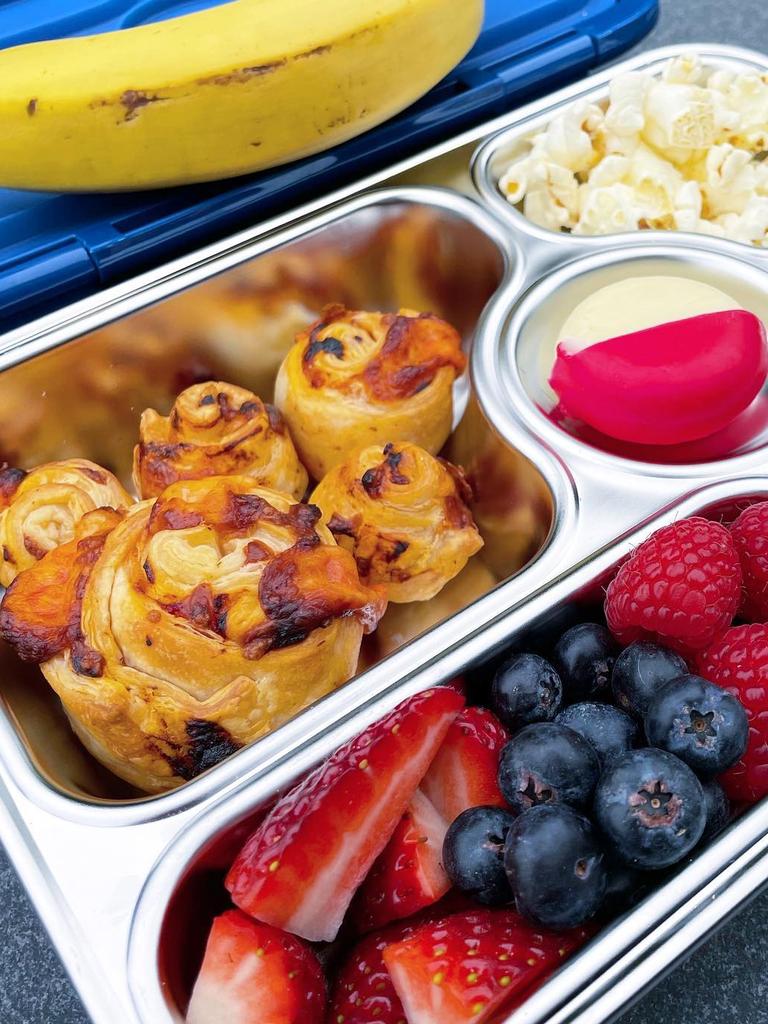Seven ways to save thousands of dollars as cost of living bites
Mother-of-two Belinda Jennings has turned to a new way of making fash cash to make sure she’s paying bills in time and becoming savvier with her shopping.
Exclusive: Struggling households are making big bucks by turning their trash into another’s treasure.
Sales of unused furniture, gym equipment and collectables have exploded online, as the cost of living crisis takes hold.
But it is not the only way to save.
Simple home improvement, clothing, food preparation and motoring tweaks can go a long way.

SELL UNUSED GOODS
There have been more than seven million home furniture listings posted on Facebook Marketplace in Australia since the start of the Covid pandemic in March 2020.
And the listings haven’t slowed, with a 72 per cent increase in second-hand listings in the first half of 2022 compared to the same period in 2021.
It’s not just lounges people are selling, with more than two million vintage items listed on Marketplace – 65 per cent of which listed as antique and collectibles, furniture, or household items.
Mother-of-two Belinda Jennings has turned to online sales sites to tackle her family’s “challenging” bill pressures.
She said Facebook Marketplace was an easy way to make money, selling second-hand goods she bought long ago and no longer needed.
“Having just moved house we have found so many things we no longer need, so I've been listing with great success and that has helped to offset the rising costs and put less pressure on our bank accounts,” Mrs Jennings, who has two sons James, 13, and Alex, 11, said.
“I feel there’s more demand with others looking to shop second-hand over brands new to help their money go the extra mile too.
“The high cost of living has forced us to get really savvy with the way that we shop and has found us eating at home more, with less takeaway and snacks as well as less non-essential spending on weekends.”
Other changes Mrs Jennings has made include shopping around to find a better deal for her energy and mobile phone providers, as well as switching to generic brands where possible.
MAKE YOUR OWN MEALS
School lunch box dad George Georgievski said there are easy ways to make your lunch routine more wallet friendly.
The father-of-two said he saves anywhere from $50 to $75 a week by simply planning ahead.
“I do my shopping on a Sunday and make sure it includes standard fruit and veggies, plus some in-season treat fruit like mangoes, apricots and peaches, a baguette, sliced bread and puff pastry,” he said.


“Also, things like sultanas, dried apricots and veggie chips come in bulk or individual portions – and you’re going to pay for that convenient packaging. Given you’re already packing a lunch, buy these snacks in bulk.”
Other tips include batch-cooking a roast chicken and using it in a number of dishes during the week for meals like satay skewers, curries and wraps, as well as buy in bulk rather than more expensive small packages.
USE CLICK AND COLLECT FOR GROCERIES
Millennial money expert Glen James said “maximising your grocery budget is key” in cutting down costs from your shop.
“A way to do this is by ordering groceries online/using supermarket apps and picking them up via click and collect,” he said.
“This prevents any bad behaviour or impulse purchases while you’re at the supermarket.
“You can also set a specific budget – focused on not spending more than X amount per grocery shop – and then you can make your own decision about trade-offs while sticking to that budget.”
DOWNSIZE YOUR CAR, REDUCE (OR ELIMINATE) DRIVING
The average Aussie driver spends $1.70 per kilometre, according to investor Peter Thornhill.
Based on the average 7200km yearly commute, that’s a spend of more than $12,000 a year.
“This doesn’t factor in the additional costs of tolls, parking, pleasure driving or other add-ons like roadside assistance and car washes,” he said.
If you aren’t able to eliminate your driving, Mr Thornhill says reducing the amount you drive can still save you hundreds of dollars per year.
Taking public transport, carpooling with co-workers or family, working from home or working remotely are just some of the ways to reduce your costs.
Also using your state specific fuel app to purchase fuel from the cheapest location helps put money back into your pocket with little effort.
RENT CLOTHES
The cost of living saw Sydney mum-of-two Sarah Mather reconsider her shopping habits — and she saved hundreds of dollars by doing so.
“Sky high interest rates, hike in electricity, petrol and groceries have all hit the back pocket hard. That’s on top of general bills, the kids’ activities, general house and our upkeep,” she said.
“I used to buy new clothes every few months. Now I swap clothes with friends and also hire dresses for special occasions rather than spend hundreds of dollars on a new outfit.
“I rented clothes from The Volte, which is brilliant as you can hire a dress worth thousands of dollars for a few hundred dollars.”

LEARN HOW TO DIY
Mr Thornhill said learning how to DIY is a “huge and simple way” to save money.
“For example, servicing my car went from a $200-$300 service down to paying $40 to $60 in parts,” he said.
Simon Mikkelsen from Intelligent Banker said the theory transcends to DIY-contractor work around the house, starting a little balcony garden, or patching clothes.
“The more you can learn to do yourself the better,” he said.
“On top of relying less on others, you will save a lot of money on services needed for a handful of things around your home.”
TAKE LOCAL HOLIDAYS INSTEAD – TRY A ‘STAYCATION'
Rather than spending thousands in flights and accommodation to fly to the other side of the globe, Mr Thornhill encouraged Aussies to take a local holiday instead.
“I have lost count of the number of times I have moved from an area, only to end up returning some years later and end up wanting to check out some of the local tourist attractions,” he said.
“Checking out our local tourism industry seems to just be one of the things we never really think to do when we live somewhere. A way I love to vacation is to road trip and camp.”
Originally published as Seven ways to save thousands of dollars as cost of living bites
Read related topics:Cost Of Living





